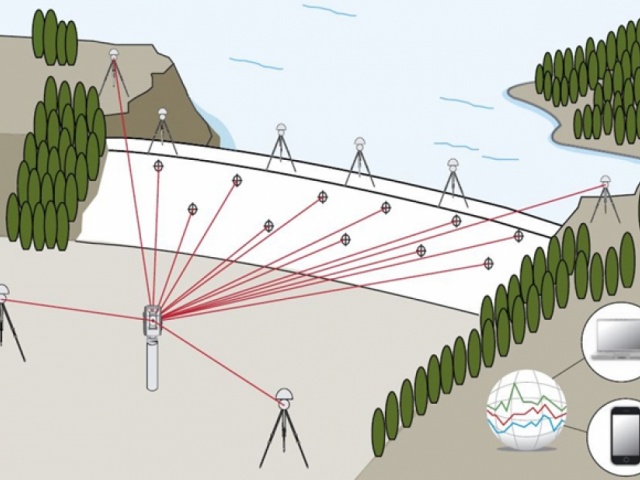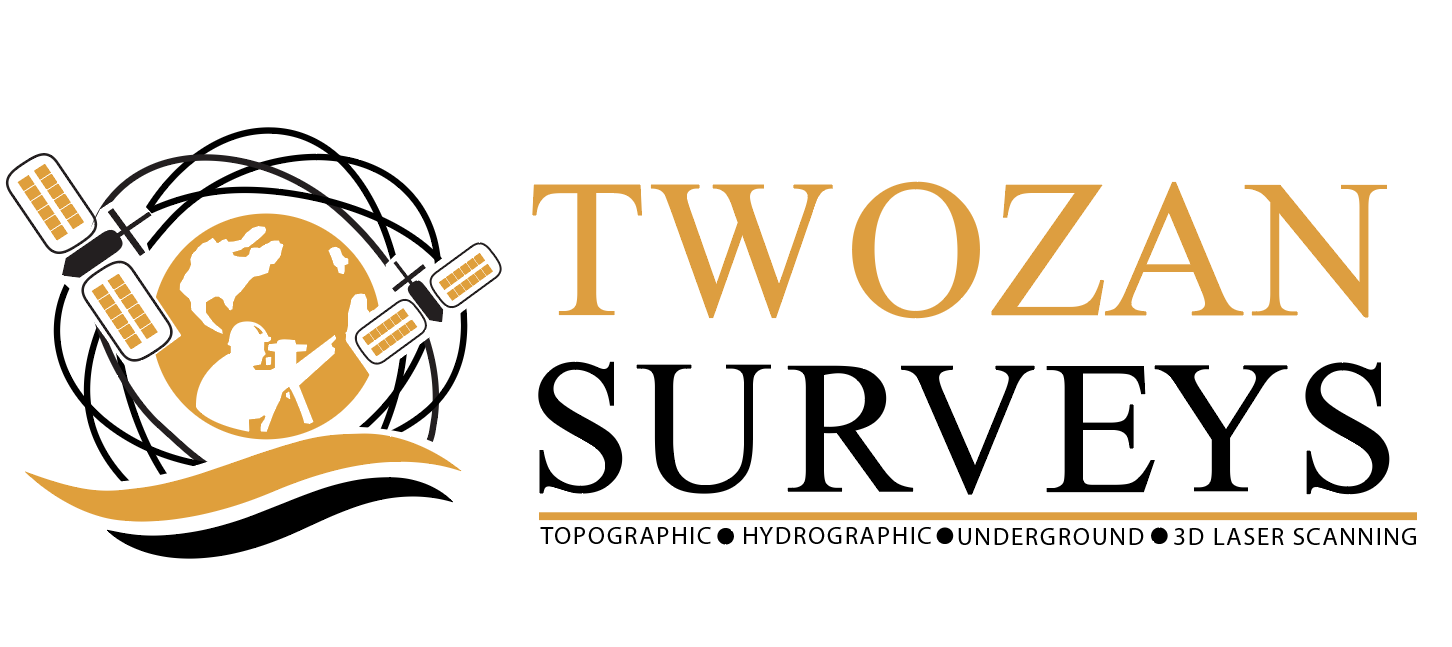
Deformation Surveys are carried out to measure and document horizontal and vertical movement, settlement of any natural or man made structure and surface due to external natural or man-made causes. Deformation measurement data are processed and compared against fixed measurement baseline to determine the magnitude and direction of movement. It provides specialist engineers with important input data that will be used in the analysis of the structural deformation and actions to be taken to deal with the causes/consequences in order to mitigate or eliminate possible risks and structural safety. Deformation usually happens in small unseen magnitudes over a period of time. In some occasions, structural deformation is visually noticed in the form of unusual cracks. This requires accurate and periodically repeated measurements on carefully selected locations. It can be done using one or combination of manual or automatic measurement systems to ensure proper detection of possible deformation.
Deformation happens due to many causes such as natural seismic activity, structure aging, earth moving activities, piling activities, improper soil compaction, unbalanced structural loads, etc. Deformation surveys are carried out to monitor the following sample structures:

